If you answer those questions then your choice of tomato varieties will decrease remarkably. This guide of the more common varieties available in the UK for growing outdoors helps you to do just that.
TOMATO VARIETY ABRAHAM LINCOLN
Cordon type, glossy deep red skin, large size, top taste and slices well.
There are a couple of tomato variety impostors with names that sound like “Abraham Lincoln”. The most common is “Abe Lincoln” which is …… CLICK HERE FOR A DETAILED REVIEW
TOMATO VARIETY AILSA CRAIG
Cordon type, glossy red skin, average size, top taste and slices well.
Combine that with the fact that f1 hybridisation has yet to come up with a better tasting tomato and you have no reason to spend several pounds …… CLICK HERE FOR A DETAILED REVIEW
TOMATO VARIETY ALICANTE
Cordon type, glossy red skin, medium sized, good full bodied taste and texture.
Full of flavour and freely produced are just one benefit. Good disease resistance, excellent grower both outdoors and in the greenhouse are …… CLICK HERE FOR A DETAILED REVIEW
TOMATO VARIETY AMATEUR
Bush type, glossy red skin, medium sized, very reliable cropper.
The Amateur has been grown in the UK for at least 65 years and reliability is one of its key attributes. In our very variable summer weather this …… CLICK HERE FOR A DETAILED REVIEW
TOMATO VARIETY AMISH PASTE
Cordon type producing large tomatoes primarily for sauces.
This variety produces three or four large fruits per truss and these may need some support to prevent the weight of the fruit …… CLICK HERE FOR A DETAILED REVIEW
TOMATO VARIETY BLACK RUSSIAN
Mahogany coloured skins, large size, good taste and excellent for slicing.
The fruits are far darker compared to your average tomato and the skin colour is best described as mahogany. Fruit size is variable but individual …… CLICK HERE FOR A DETAILED REVIEW
TOMATO VARIETY CRIMSON CRUSH
Cordon type, deep red fruits slightly larger than a cherry tomato.
First released for sale in January 2016. Without doubt its main claim to fame is that it is claimed to be 100% resistant to blight …… CLICK HERE FOR A DETAILED REVIEW
TOMATO VARIETY GARDENERS DELIGHT
Cordon type, glossy red skin, slightly larger than a cherry tomato, sweet, juicy and medium firm.
Gardener’s Delight is the most widely grown tomato variety as far as the amateur gardener is concerned. It’s also very popular …… CLICK HERE FOR A DETAILED REVIEW
TOMATO VARIETY LOSETTO
Bush type, red skin, cherry tomato size, good resistance to tomato blight.
Losetto is a bush type (determinate) of tomato which was introduced to the market by T & M in 2011. Basically it can be left to its own devices …… CLICK HERE FOR A DETAILED REVIEW
TOMATO VARIETY MONEYMAKER
Cordon type, productive even in poorer conditions.
MoneyMaker dates back over 100 years, to 1913. Over the last 80 years it has probably been the most popular tomato grown in the UK although …… CLICK HERE FOR A DETAILED REVIEW
TOMATO VARIETY OUTDOOR GIRL
Cordon type, early crop even in cooler areas.
A very under-rated variety for growing outside in the open. Will produce a crop in those conditions where most other varieties fail. The tomatoes are coloured a rich …… CLICK HERE FOR A DETAILED REVIEW
TOMATO VARIETY SAN MARZANO
Cordon type, plum tomato shape but slightly larger, red glossy skin, meaty and firm
This is primarily a cooking variety, superb for recipes which require passata or any type of tomato sauce. It’s a meaty tomato …… CLICK HERE FOR A DETAILED REVIEW
TOMATO VARIETY RED ALERT
Bush type, deep red skin, cherry tomato size, sweet, juicy and medium firm but variable.
An unusual variety because it’s a bush type and the seed merchants would have you believe that needs no support. In theory that’s true but …… CLICK HERE FOR A DETAILED REVIEW
TOMATO VARIETY SHIMMER
Cordon type, bronze and light red red skin, slightly larger than cherry tomato size, sweet, juicy and medium firm. First released to the US in 2018, a finalist for plant of the year at the 2018 RHS Chelsea Show …… CLICK HERE FOR A DETAILED REVIEW
TOMATO VARIETY SUN BABY
Cordon type, very yellow, thin skins, large trusses and excellent flavour. Sun Baby tomatoes are fully yellow with only a slight tinge of orange. These are bite sized cherry tomatoes which weigh in at about 14g each …… CLICK HERE FOR A DETAILED REVIEW
TOMATO VARIETY SUNGOLD
Cordon type, orange coloured skin, cherry tomato size, very sweet, juicy and medium firm.
Sungold is without a doubt the most popular yellow cherry tomato variety in the UK for amateur gardeners. It’s probably also the most popular …… CLICK HERE FOR A DETAILED REVIEW
TOMATO VARIETY SWEET MILLION
Cordon type, red coloured skin, good balance of sweetness and acidity, high yields.
This variety produces a large crop of red, moderately sweet cherry tomatoes early on in the season. It is widely available from garden centres …… CLICK HERE FOR A DETAILED REVIEW
TOMATO VARIETY TIGERELLA
Cordon type, red and orange striped skin, good balance of sweetness and acidity.
Grown mainly for its attractive appearance, this is a border-line variety for growing outdoors. The tomatoes are normally just slightly smaller than a billiard ball ….. CLICK HERE FOR A DETAILED REVIEW
TOMATO VARIETY TINY TIM
Bush type, deep coloured skin, cherry tomato size, moderately sweet, juicy and firm. Slightly lacking in flavour, very attractive on a windowsill.
Tiny Tim has been bred specifically to be grown in containers. First offered to the public in 1945 it has remained a very popular variety ever since. Its parents are …… CLICK HERE FOR A DETAILED REVIEW
TOMATO VARIETY TOM TATO
Cordon type, grows tomatoes above ground and potatoes below ground from the same plant.
TM, one of the large seed merchants in the UK, announced in 2013 that they had developed a brand new single plant which …… CLICK HERE FOR A DETAILED REVIEW
HEIRLOOM TOMATO VARIETIES
Many gardeners in the UK now grow two or more varieties of tomatoes and often select one or two heirloom varieties because of their interest and their long term proven suitability to our climate and resistance to pests and diseases. Heirloom varieties also have the advantage that saved seeds will produce the same plant.

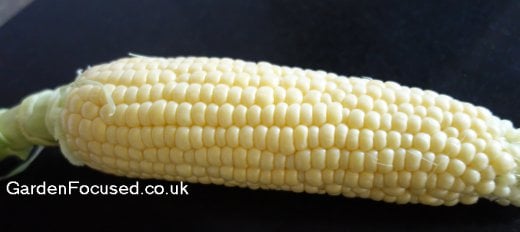
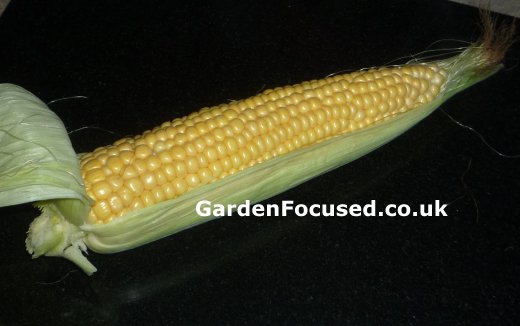


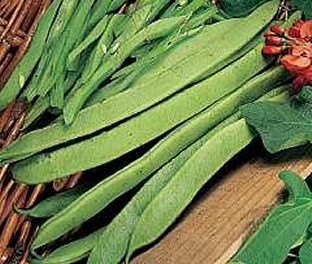
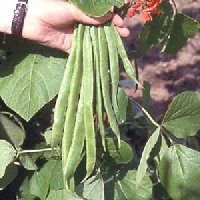
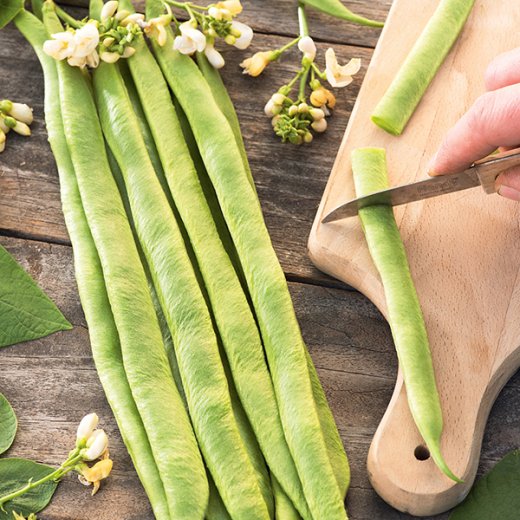
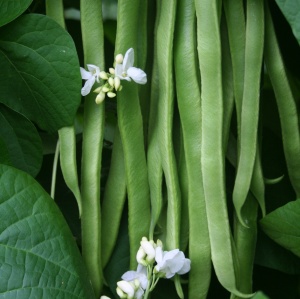
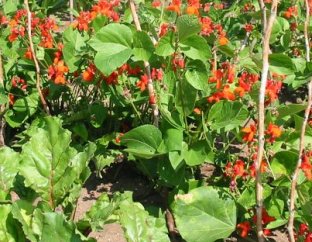
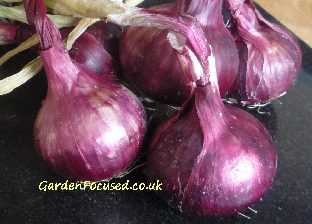

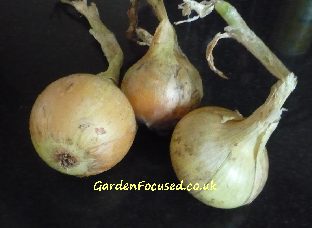
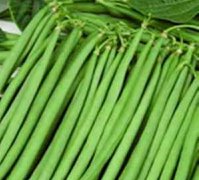

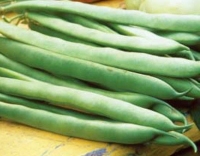
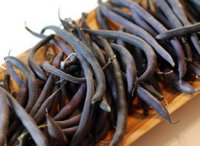
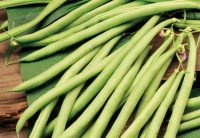
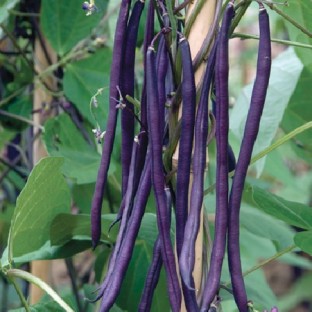

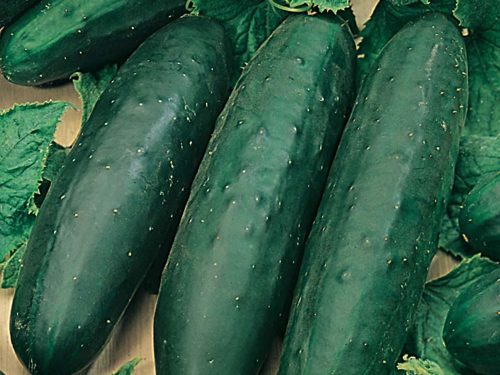
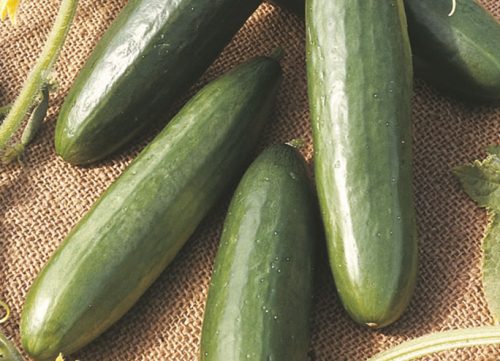
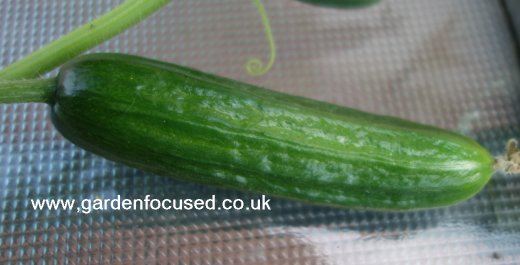
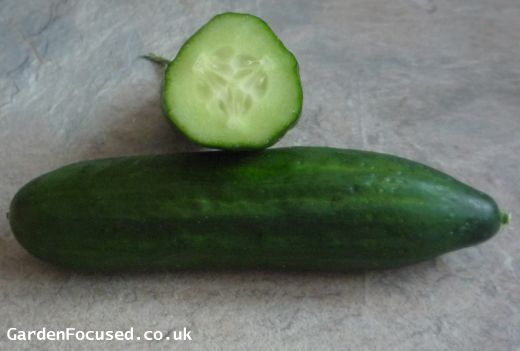
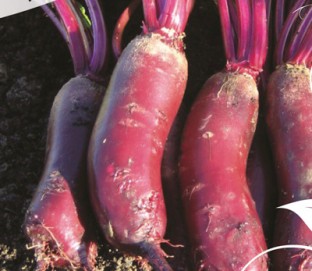
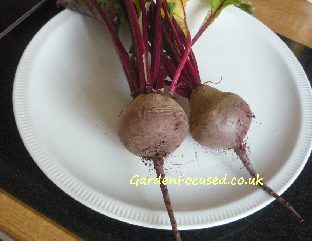
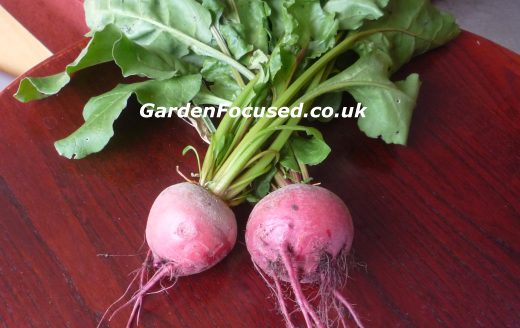
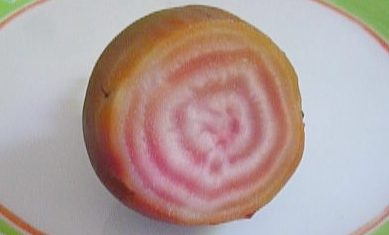

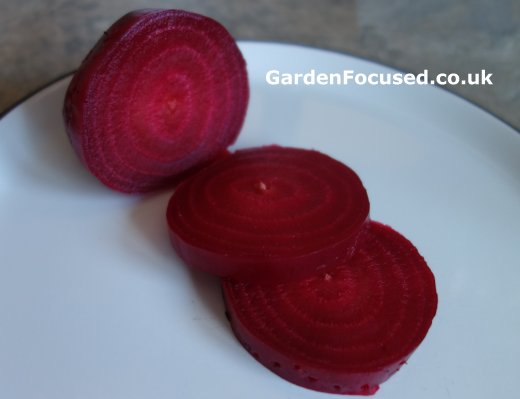
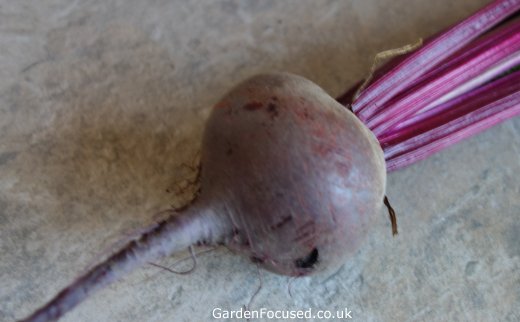
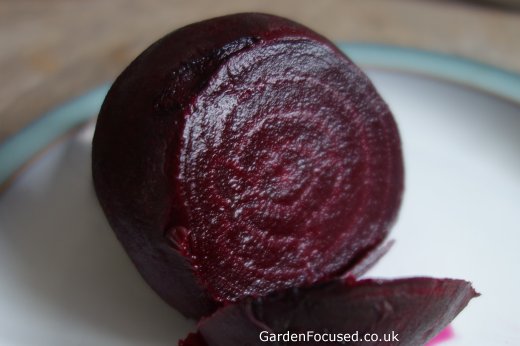
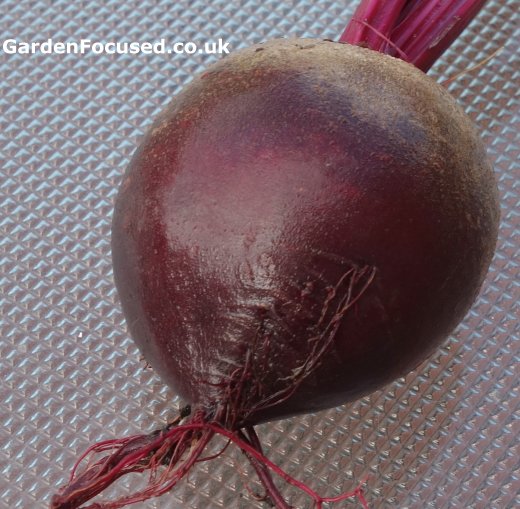
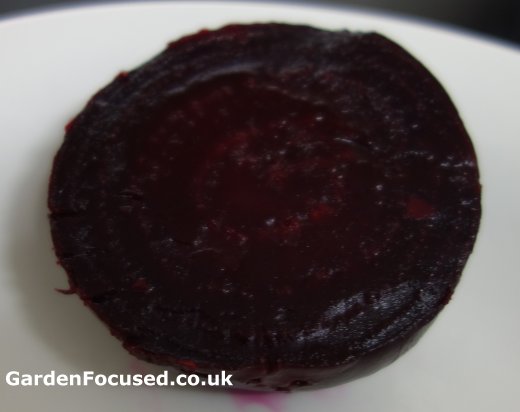
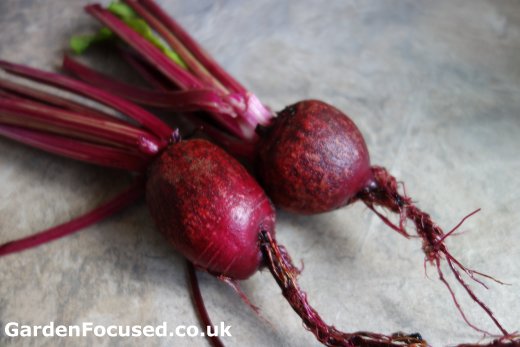
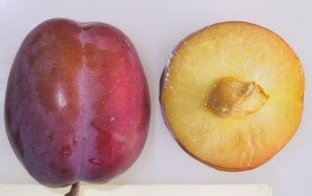
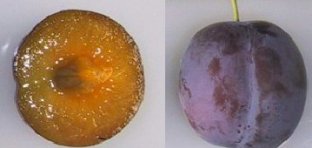
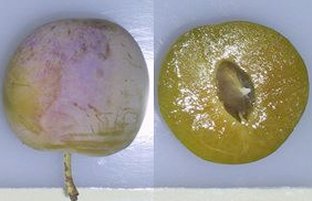
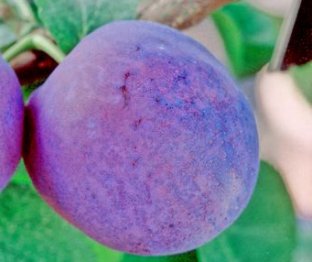
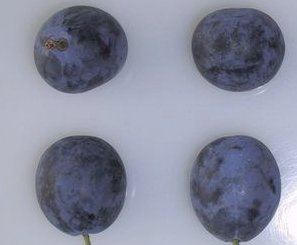
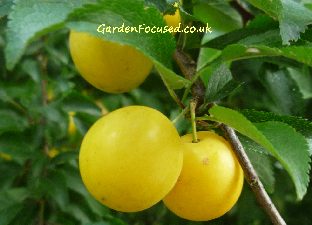
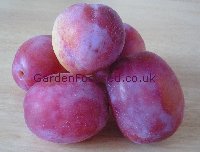
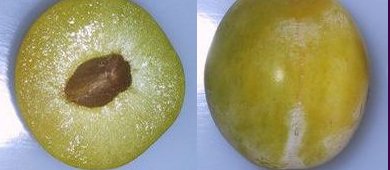
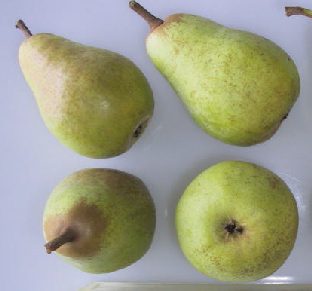
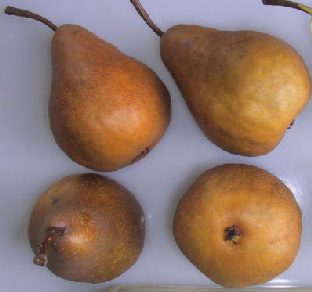
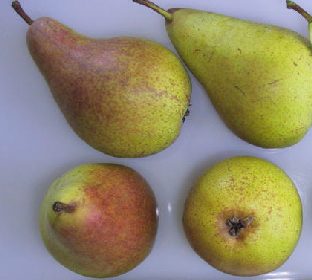

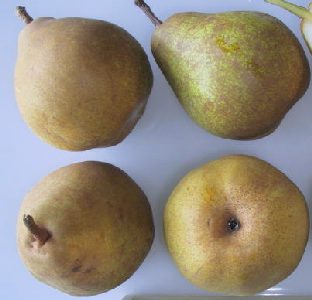
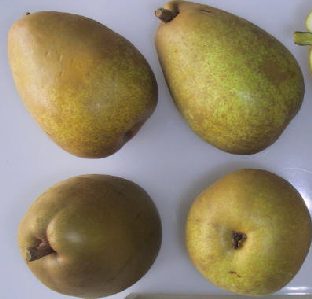


When and How to Sow Tomato Seed
Ongoing Care
Pruning Tomatoes
Pest and Disease
Tomato Nutrient Defficiency
Save Tomato Seeds
Tomato Variety Review
Tomato Question and Answer
POPULAR OUTDOOR TOMATO VARIETIES
There are literally hundreds of tomato varieties available to be grown from seed in the UK. Which you choose depends on a number of factors, some of which are listed below.